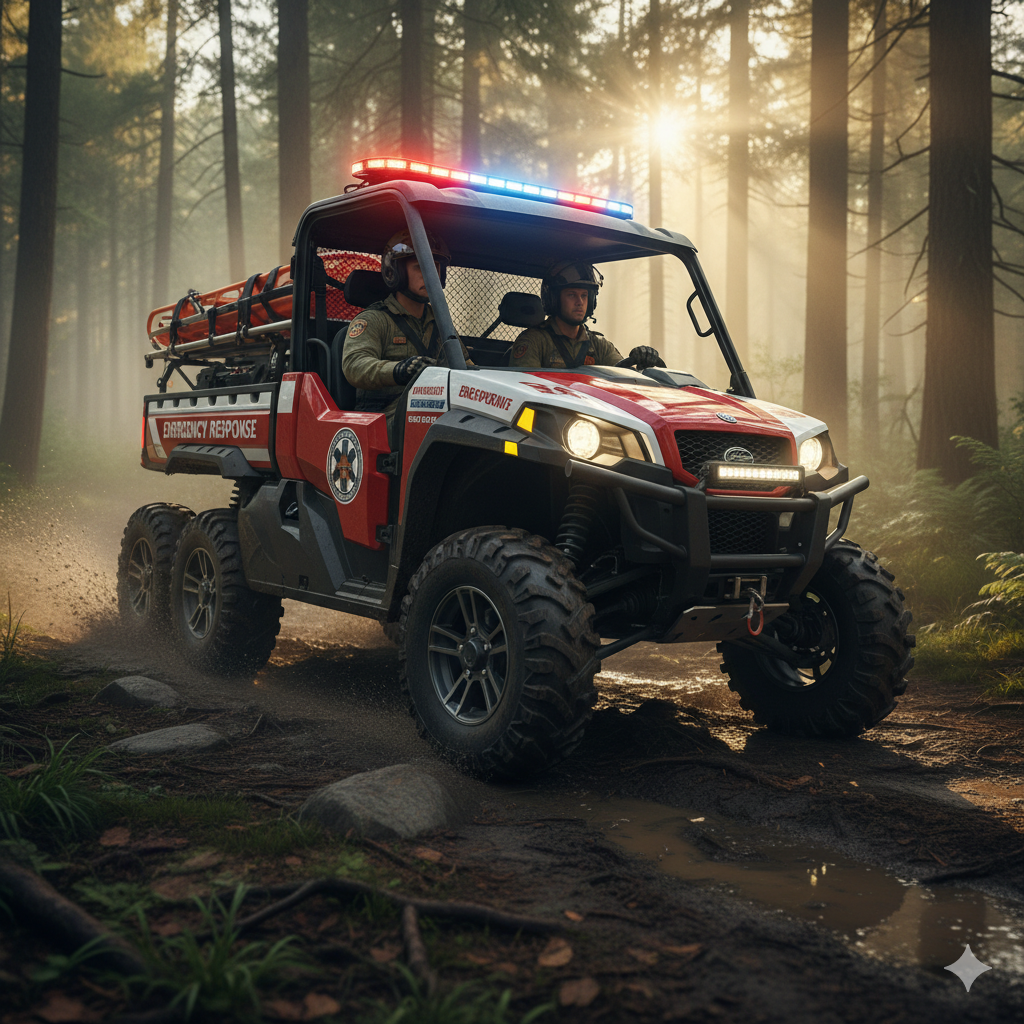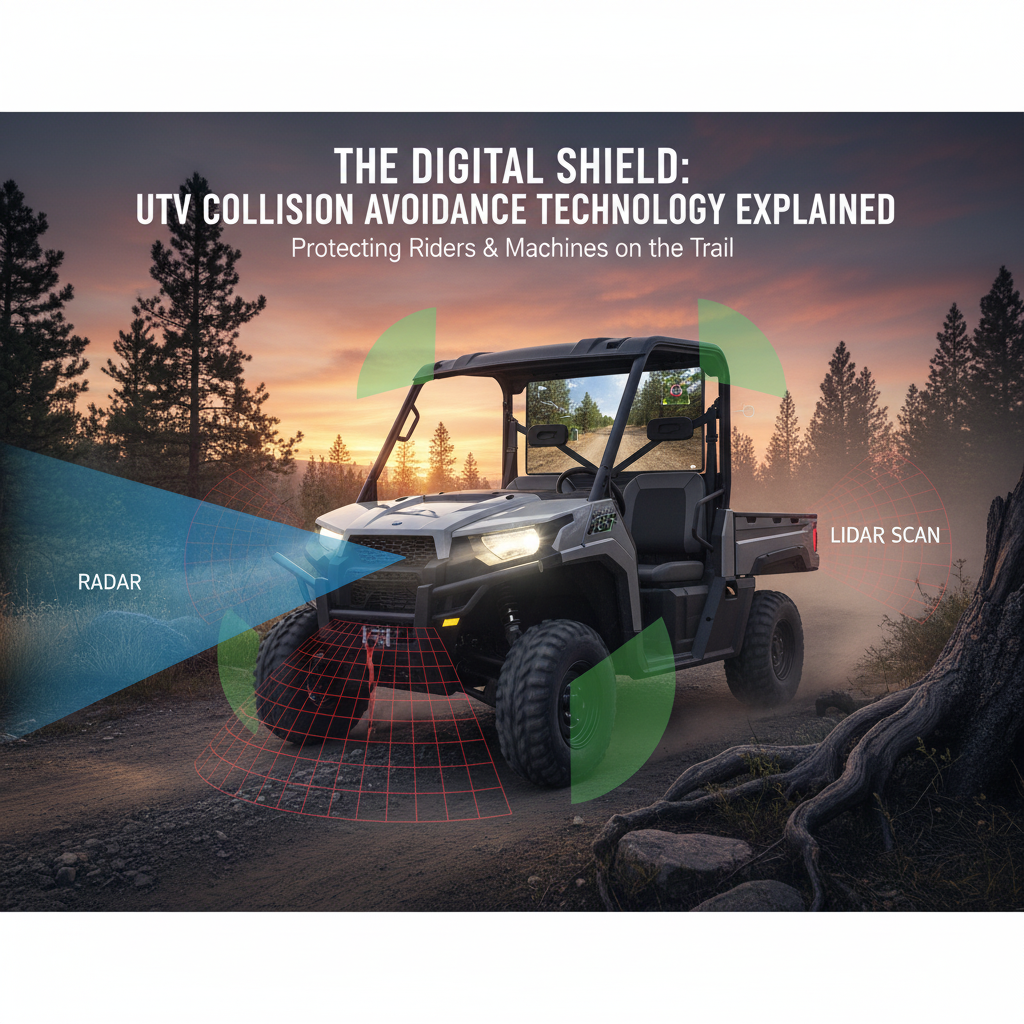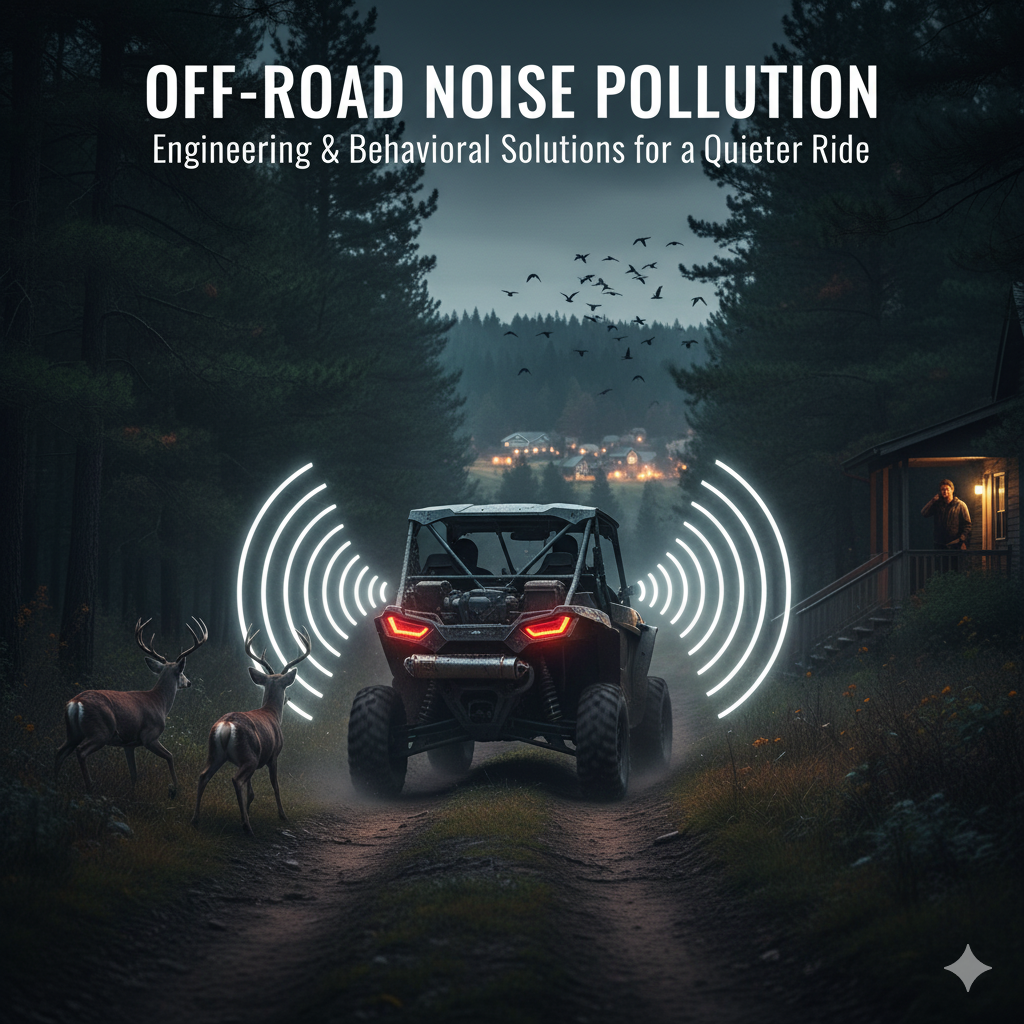The siren’s wail often signals a race against time, a dash to reach those in need.
But what happens when the emergency isn’t on a neatly paved road?
What if it’s deep within a dense forest, across a rugged mountain trail, or along a sprawling, unpaved coastline?
This is where the unsung heroes of the emergency services world come into play: All-Terrain Vehicles (ATVs) and Utility Task Vehicles (UTVs).
These robust, go-anywhere machines are no longer just for recreational thrill-seekers or farmers.
They are increasingly becoming indispensable tools for emergency responders, offering a unique blend of agility, power, and versatility that traditional vehicles simply cannot match.
The Unmatched Capabilities of ATVs and UTVs in Emergency Response
Imagine a scenario where a hiker is injured miles into a wilderness park, or a swift water rescue is needed in an area inaccessible by boat or foot.
This is where ATVs and UTVs shine.
Accessing Difficult Terrain: This is their primary superpower.
ATVs and UTVs are designed to conquer mud, sand, snow, rocky paths, steep inclines, and dense vegetation.
Their high ground clearance, four-wheel drive (or even six-wheel drive in some UTVs), and specialized tires allow them to navigate environments that would halt an ambulance or fire truck in its tracks.
Rapid Deployment: In emergencies where every second counts, the ability to quickly reach a remote location can be life-saving.
These vehicles can be trailered to the edge of challenging terrain and then deployed rapidly, significantly reducing response times in off-road situations.
Patient Extraction and Transport: Many UTVs, in particular,
can be outfitted with specialized patient litters, allowing for the safe and relatively comfortable transport of an injured person out of a remote area to a waiting ambulance.
Some models can even accommodate multiple patients or a patient and medical personnel.
Equipment Hauling and Support:
From carrying medical equipment, extrication tools, and search-and-rescue gear to transporting water pumps for wildland fires or even supplies to disaster-stricken areas, ATVs and UTVs offer significant cargo capacity.
This makes them ideal support vehicles for larger operations.
Search and Rescue (SAR): For missing persons or disaster victims in vast, challenging landscapes, ATVs and UTVs dramatically expand the search area that can be covered by ground teams.
They allow rescuers to cover more ground faster, increasing the chances of a successful rescue.![]()
Wildland Firefighting: Specialized ATV and UTV units equipped with small water tanks and pumps are invaluable for fighting brush fires and wildland fires in areas where larger fire engines cannot operate.
Their maneuverability allows them to access hotspots and create firebreaks more effectively.
Law Enforcement Patrols: From patrolling national parks and large public events to monitoring border regions and vast properties, law enforcement agencies use these vehicles to maintain presence and respond to incidents in off-road environments.
The Tangible Benefits for Emergency Services
The integration of ATVs and UTVs brings a host of benefits that directly impact the effectiveness and efficiency of emergency operations:
Increased Reach and Coverage: They extend the operational reach of emergency services far beyond paved roads, ensuring that help can reach virtually anywhere.
Improved Response Times: By bypassing impassable terrain, these vehicles dramatically cut down the time it takes to reach an incident in remote areas.
Enhanced Safety for Responders: Rather than trekking long distances on foot with heavy gear, responders can utilize these vehicles, reducing fatigue and the risk of injury, especially in arduous conditions.
Cost-Effectiveness: While initial investment is required, the versatility and durability of ATVs and UTVs can offer a cost-effective solution for specific off-road needs compared to maintaining a fleet of highly specialized, larger vehicles.
Community Preparedness: Their presence signifies a community’s commitment to being prepared for a wider range of emergencies, including those in less accessible areas.
Versatility and Adaptability: With a wide array of attachments and configurations available, a single ATV or UTV can be adapted for multiple roles, from medical transport to firefighting or search operations.
Where in the World is This Idea Established?
The concept of using ATVs and UTVs for emergency services is far from new and is gaining significant traction globally.
It’s a testament to their practicality that they are being adopted by diverse agencies across various continents.
North America: Perhaps one of the leading regions, the United States and Canada have extensively integrated ATVs and UTVs into their emergency response frameworks.
National Parks, state park services, sheriff’s departments, fire departments (especially those battling wildland fires), and various search and rescue organizations widely employ them.
For instance, many rural fire departments in the US have “brush buggies” built on UTV platforms.
Europe: Countries like the UK, France, Germany, and Scandinavia utilize these vehicles for mountain rescue, forest fire suppression, and coastal patrol.
The challenging terrains of the Alps or the vast forests of Northern Europe make them invaluable.
Australia and New Zealand: Given their vast wilderness, rugged coastlines, and frequent bushfires, both countries heavily rely on ATVs and UTVs for rural fire services, surf life-saving organizations (for beach patrols and rescues), and park rangers.
Asia: In regions with diverse landscapes, from mountainous areas to dense jungles, countries like Japan, South Korea, and parts of Southeast Asia are increasingly adopting these vehicles for disaster response, emergency medical services in remote areas, and even military support operations.
South America: In countries with large, undeveloped regions and challenging topography, such as Brazil and Argentina, ATVs and UTVs are used by forestry services, national park rangers, and some emergency medical teams for reaching isolated communities or incident sites.
Africa: Particularly in areas with vast nature reserves, remote villages, and challenging road networks, ATVs and UTVs are being deployed for wildlife protection, medical outreach programs, and emergency response in otherwise inaccessible regions.
The adaptability of these vehicles means that their specific configurations and roles vary widely depending on the local geography, common types of emergencies, and available resources.
The Future is Off-Road
As technology advances, so too do the capabilities of ATVs and UTVs.
We can expect to see even more specialized models, enhanced safety features, and integration with advanced communication and navigation systems.
The future of emergency services is undoubtedly looking beyond the paved road,
embracing the versatility and power of these incredible off-road machines to ensure that help is always within reach, no matter how challenging the terrain.







